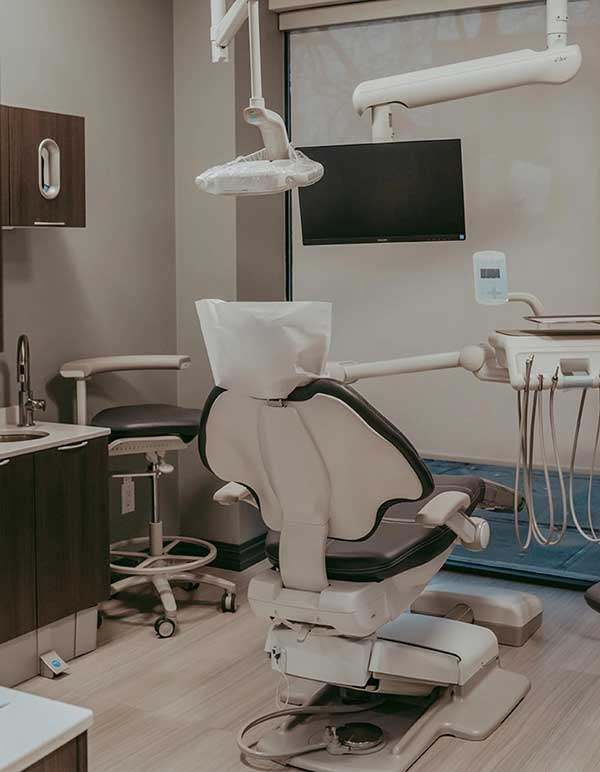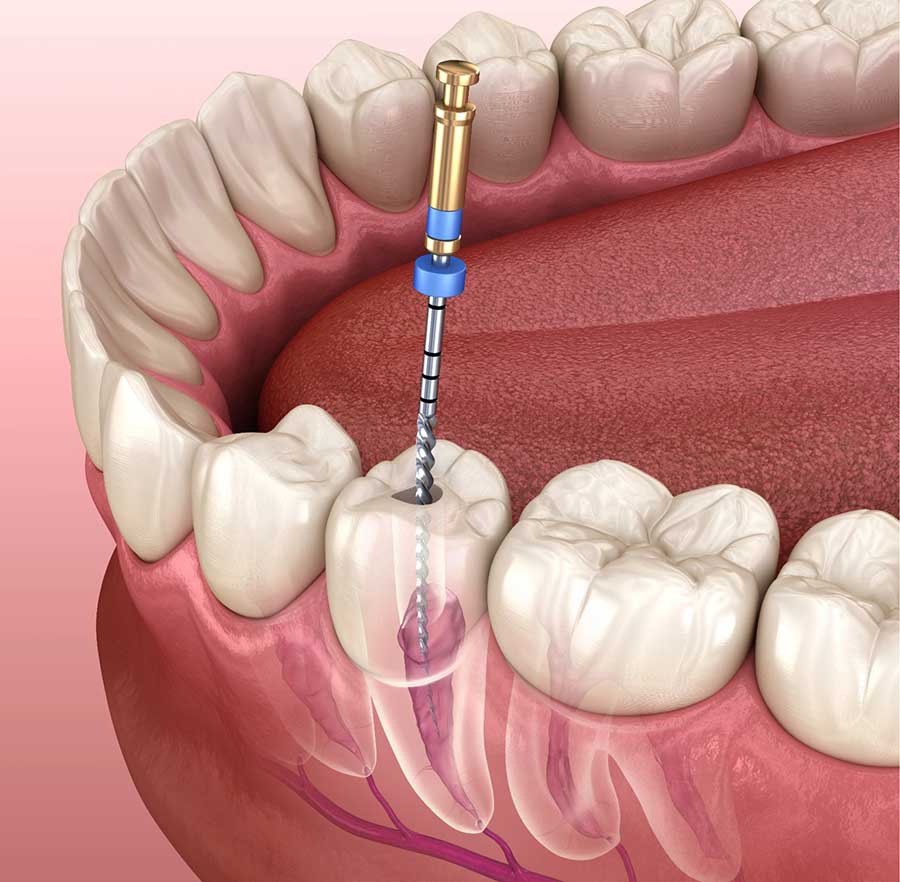Retain original teeth
When teeth are removed, it causes a shift in the adjacent teeth, disturbing the mouth’s structure. While in the root canal system, teeth are restored, and only infected pulp is removed.
Do you want to save your decaying and infected teeth without removing or extracting them? You can consider root canal treatment, where natural teeth are restored quickly. Many people have several misconceptions about root canal treatment, but the dentists at Janz Family Dental in Edmonton want you to know it’s a standard procedure that rarely causes more discomfort than a filling. Below are the benefits of root canal treatment.

When teeth are removed, it causes a shift in the adjacent teeth, disturbing the mouth’s structure. While in the root canal system, teeth are restored, and only infected pulp is removed.

Root canal treatment is painless compared to tooth extraction. Dentists use anesthesia to numb the tooth so you don’t suffer from pain during the treatment.

Tooth extraction and replacement requires several procedures like a denture, bridge or implant and more follow-ups than a root canal system. Also, many insurance companies cover this treatment.
When your tooth is damaged or cracked, bacteria can quickly enter inside it and cause infection to the pulp. The pulp is present in the centre of the tooth made of connective tissues, blood vessels and nerves. In root canal therapy, the infected pulp is removed and filled with dental material to restore the natural tooth without extraction. Good oral hygiene and regular dentist visits are the best ways to prevent such infections.
We clean out the decayed or infected portion of the tooth during a root canal, including the canals where bacteria may lodge. Following the root canal treatment, a crown is recommended on the tooth to give you normal chewing function while preventing further infection or fracture.

When do I need a root canal? While some people experience no symptoms at all, many people may feel:

Dentists at Janz Family Dental follow a 4-step procedure to treat your root canal system and restore your natural teeth. This procedure is completed in one painless procedure:
We’ll begin with a local anesthetic, freezing the area around the tooth and helping to keep you comfortable throughout the procedure.
Then, we may place a barrier called a rubber dam around the tooth to keep it from being further infected by your saliva while we perform the root canal.
Although decay may have already created an opening in your tooth, we will probably have to enlarge the opening to fully access and clean out the root canal system and the infected pulp within the tooth with our instruments.
Finally, we will place a filling to protect the function of your tooth and ideally look to place a crown for optimal long-term protection.
